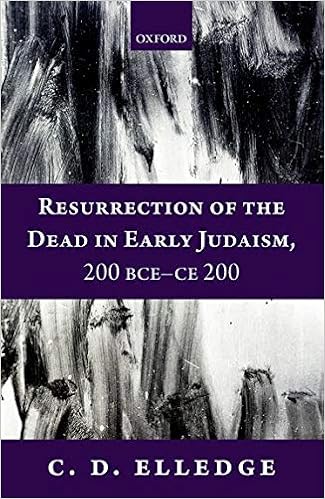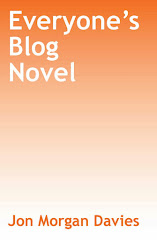For an overall "feel" of what The Analects are like, however, Legge's work will suffice. The work isn't so much first person as it is a series of short chapters in which various Chinese figures come to the Master (or sometimes others) for advice about a given situation. The Master then dispenses his wisdom. It is the dispensation of wisdom that, in many cases, resembles a collection of aphorisms: "A wise man is . . . ; a fool is . . ." and so on. The early books focus most especially on filial duty, while the later ones focus more and more on government. These two ideas, however, are related. Much emphasis is given to being a person of high moral values.
One particular little anecdote/piece of advice really struck me in the book. Confucius notes, at one point, that if one knows that a particular action/life course will lead to great wealth, one should pursue it with one's all, but since one is never assured that wealth is at the end of a course of action, one should instead pursue what brings joy. It's another way of saying, do what you love, and the money will follow, I suppose, but I hadn't ever quite seen it put this way. We don't control the future, so we should think of the present when setting goals. There is no point to pursuing riches that may or may not come if we don't enjoy what we do in the here and now, as the latter is all we can really be assured of.







